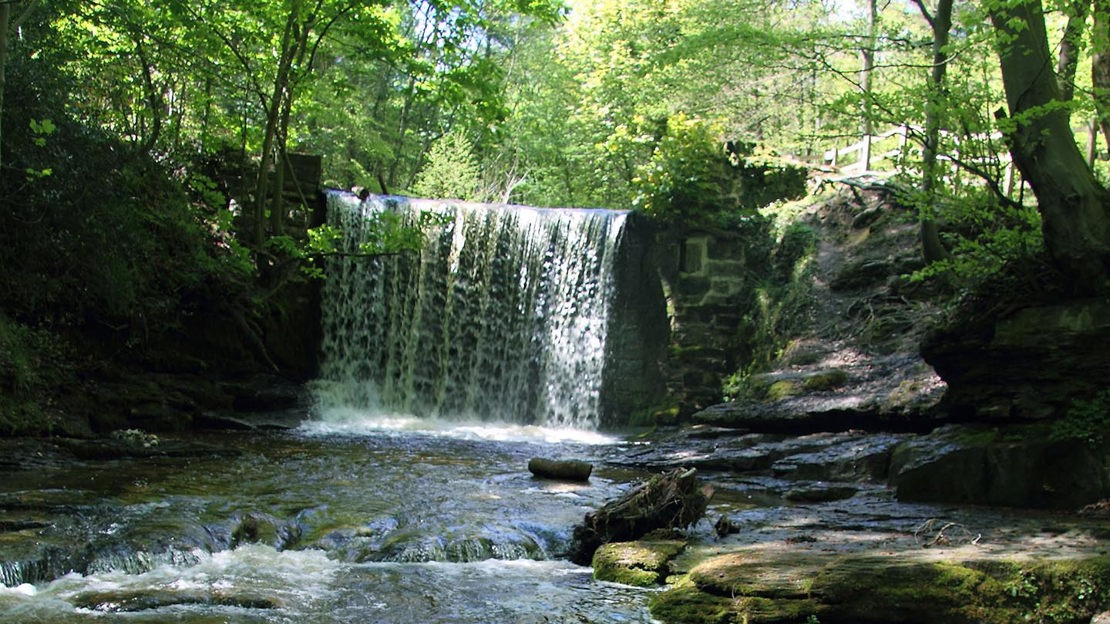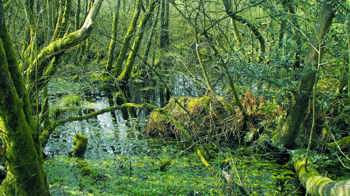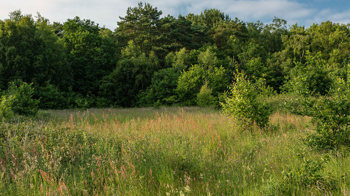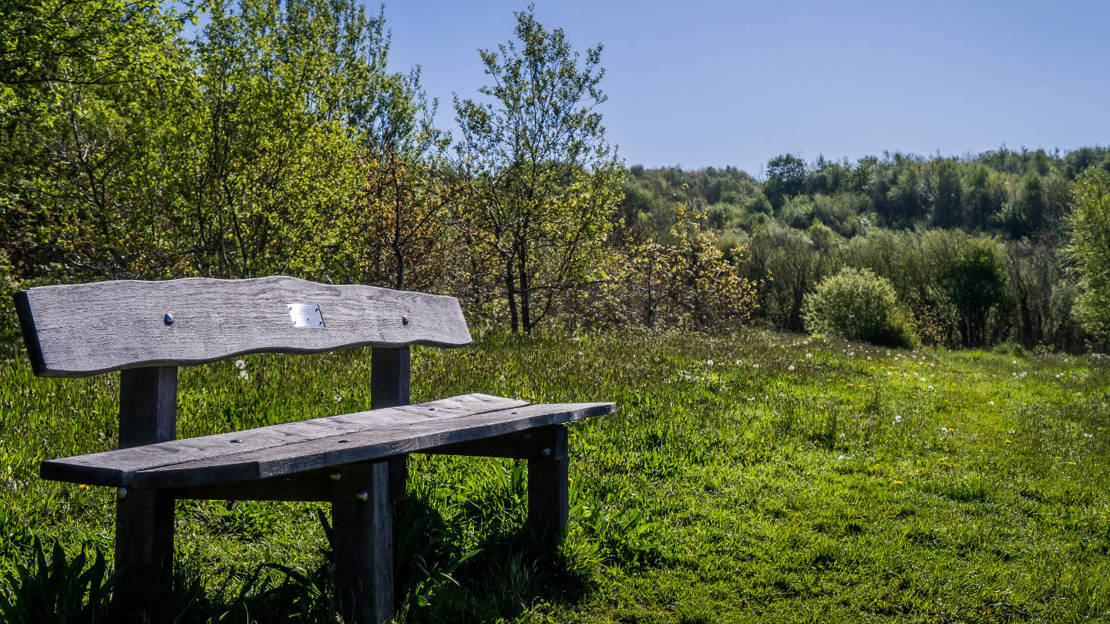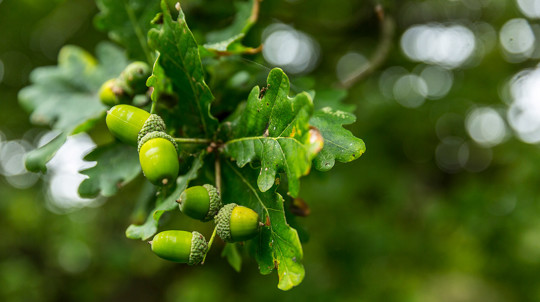About Plas Power Woods
King Offa
The notorious King Offa, who was one of the most powerful Anglo-Saxons, ruled as the King of Mercia (East Midlands) from AD 757 until his death in July 796. Plas Power Woods has a strong connection with King Offa. A dyke was built there in his name in 785AD, and roughly follows the border of England and Wales. It is said to have run “sea to sea”, although little is known about why it was built. Some say it was a defensive structure, while others believe it was a boundary marker. Within Plas Power Woods you can see an impressive section of this 1,200-year-old dyke, along with a sculpture of King Offa created by chainsaw artist Simon O’Rourke in 2012.
Much of the woodland was once part of the Plas Power Park Estate, named after the Power family who owned it from 1620. The estate had a number of owners between 1690 and 1816, when it was taken over by the Fitzhugh family.
Plas Power Park Wall
In 1858, work began to build a wall that would keep the public off the estate. This caused outcry from the local miners, who had enjoyed walking their dogs through the woods. Each night after the stone masons had gone home, local people would dismantle the section that had been built that day. Eventually, the estate owners used the Wrexham Militia to keep guard on the wall until it was finished. Nowadays, the sandstone wall is a Grade II-listed structure.
Archaeology
The woods contain many interesting archaeological features, including a weir, the ruins of two crofts, a miller’s house, an 18th-century tramway route, and Wilkinson’s waggonway, along which horses pulled wagons loaded with limestone for the blast furnaces of Bersham Ironworks.







